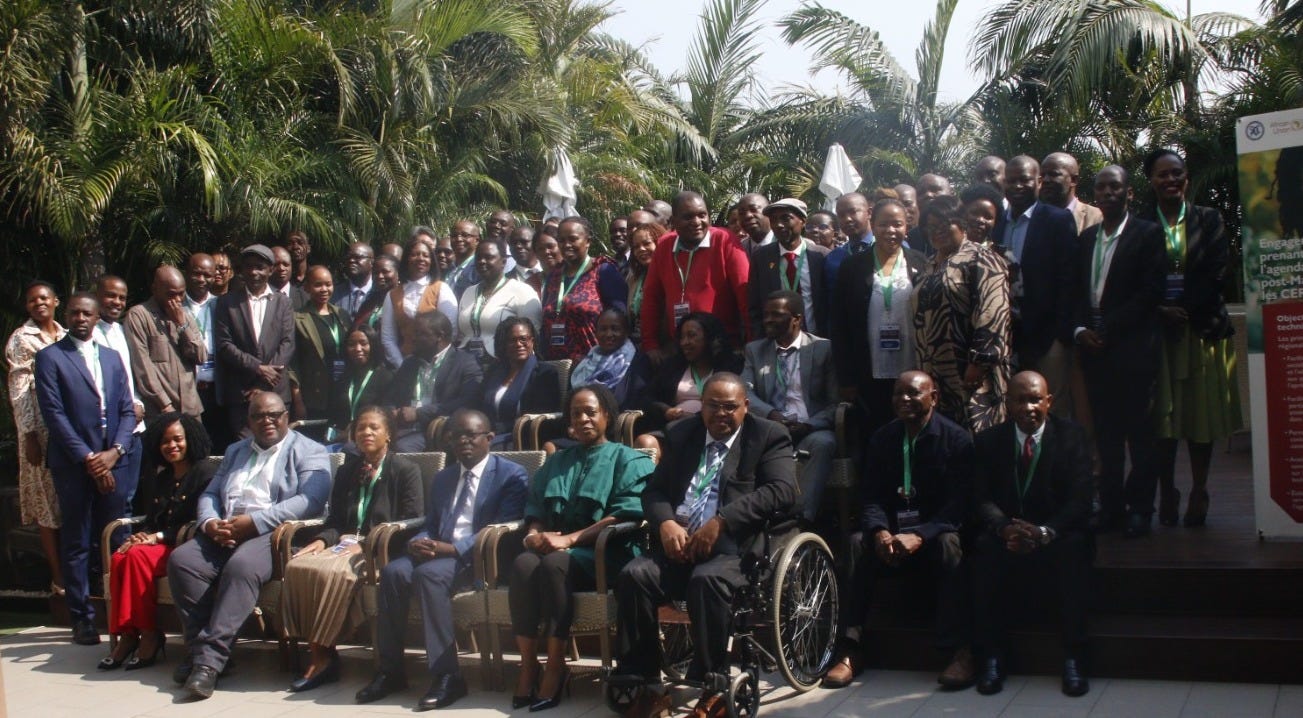SADC experts assess Africa's agricultural transformation goals
The CAADP, endorsed in 2003, has been pivotal in restoring agricultural growth and food security.
LUSAKA, Zambia— A decade after African leaders committed to transforming the continent's agriculture sector, experts and stakeholders are gathering in Lusaka to review successes and failures, writes Kennedy Phiri.
In June 2014, the Malabo Declaration set ambitious goals: ending hunger, tripling intra-African trade in agricultural goods, and ensuring agriculture significantly reduces poverty over ten years. As this era nears its end in 2025, the assessment begins.
Dr. Rudo E. Makunike of the African Union Development Agency NEPAD warned, "Despite notable achievements, there's great concern that our member states are not on course to achieve the Malabo commitments."
She called for deeper reflection, urging delegates to "ask critical but constructive questions about what makes agriculture-led food systems implementation effective."
The three-day SADC regional consultation is part of a series shaping the post-Malabo agenda under the Comprehensive Africa Agricultural Development Programme (CAADP).
Panduleni Elago, AU Commission's Senior CAADP Advisor, reflected on the program's 20-year journey.
"We recognized that to effect real change, we needed to address agriculture holistically," she said, emphasizing support for smallholder farmers.
"When provided with the right tools, knowledge, and resources, smallholder farmers can achieve remarkable results," Elago added, urging SADC to boost investment in rural infrastructure.
As climate change intensifies, she stressed, "We must champion the scaling up of climate-smart agricultural practices."
The CAADP, endorsed in 2003, has been pivotal in restoring agricultural growth and food security.
Now, as its current phase concludes, Africa prepares its agricultural roadmap for the next decade.



